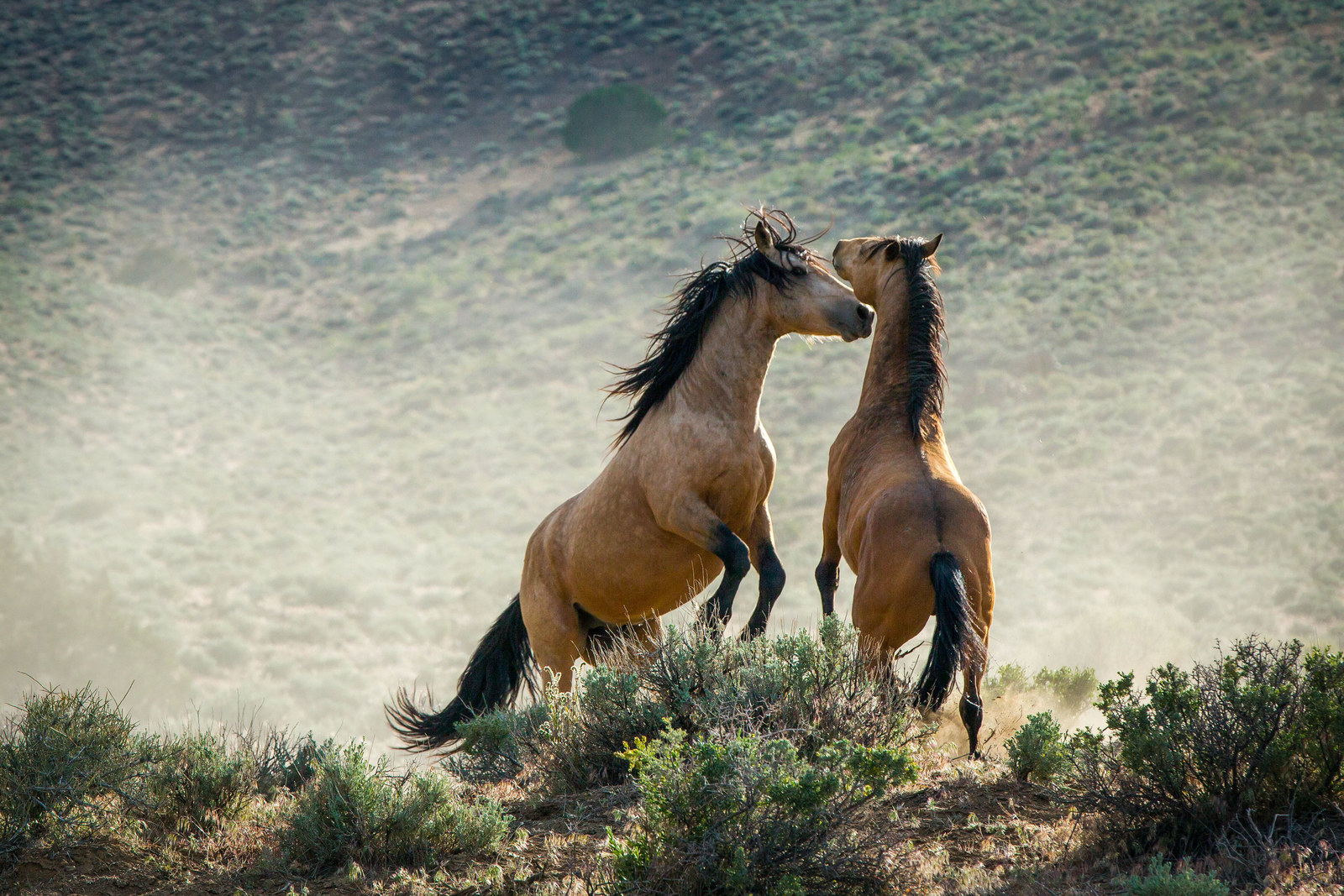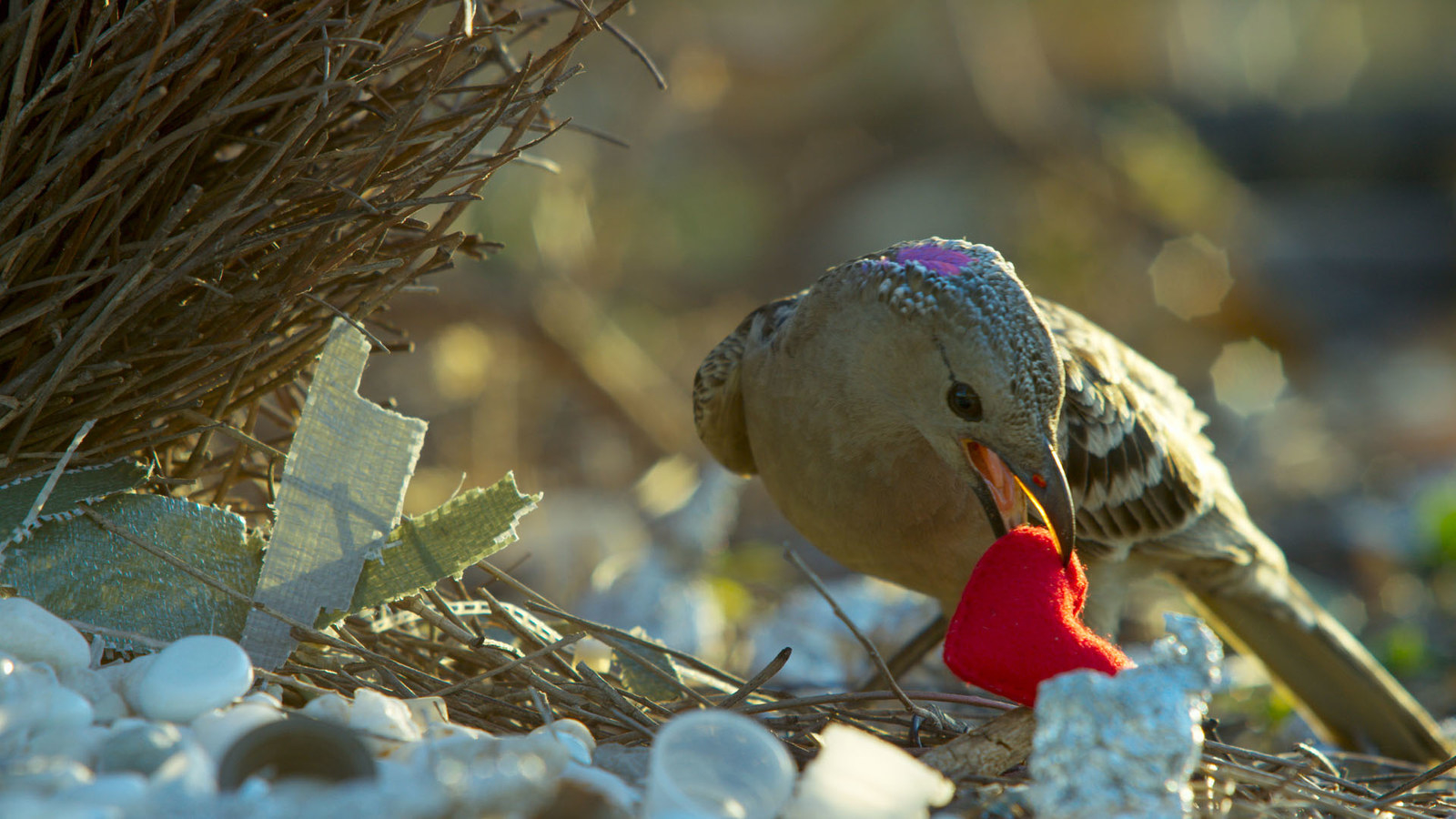
1. Planet Earth II was made 10 years after the first series. It was shot over 2,089 days, by a camera crew of 22 in 40 countries.
2. It took three years of filming to make just six episodes.
3. The music was composed by Hans Zimmer, who did the music for Gladiator and The Lion King.
4. As Sir David Attenborough is now 90 years old, it was not possible for him to go abroad for much of the filming. He instead recorded a piece to camera in a balloon above the Alps in the first episode, and on top of the Shard in the series finale.
5. Attenborough recorded the voiceover for Planet Earth II in only two hours per episode. It took a week to finalise the script.
6. To do the voiceover, Attenborough would record the script while watching episodes on a VHS tape, which was rewound any time he made a mistake.
7. Zimmer did not want the music to get in the way of Attenborough's voice, so considered him to be the "lead instrument" and ensured that the music worked around his narration. The soundtrack has also been released for sale.
8. Sigur Rós remixed their famous song "Hoppipolla" for the new series, after it was also used for the original Planet Earth.

9. The startling sight of the iguanas being chased by a mass of snakes had never been captured on camera before. It has since racked up more than 7.4 million hits on YouTube.
10. One of the most ambitious shoots was filming penguins on Zavodovski Island, a volcano near the Antarctic that only a few humans have ever visited.
11. It took a year to organise and a week by ship to get to the island, sailing through one of the stormiest seas on Earth.
12. Some tents and a lot of the equipment were smothered by penguin poo while on the island.
13. Waves also covered one of the key cameras in the shoot with a load of water. It was kept in a sleeping bag with one of the camera crew to warm it up and eventually resumed working.
14. A member of the crew, returning to his hotel room in Indonesia after a long day of filming, found a Komodo dragon in his bathroom.
15. The Komodo dragon shat all over the floor.
16. While filming wild buffalo during the grasslands episode, a specialist carried a warning gun in case the camera team were charged at.
17. A cow decided to charge at a cameraman's groin while he was trying to film monkeys in India. The cameraman said: "They didn't put that in the hazard assessment."
18. There was only one injury during the series. A cameraman was stung by a stingray but made a full recovery.

19. Chadden Hunter, a producer and director for the series, told The Guardian that while in Botswana the team's dinghy got stuck in reeds and they had to manually push it through water with hippos nearby.
20. Millions of mosquitos made life hell for the crew filming in the grasslands.
21. With the terrain making it near impossible to film snow leopards, the team set up 20 camera traps in various mountains, with sensors to trigger recording.
22. Some members of the production team pretended to be leopards to test whether the cameras were working first.
23. Some of the crews' cars and cameras were blessed in a special Hindu ceremony called puja.
24. To film the monkeys clambering over roofs in India, long cables with cameras attached needed to be set up. To rig this up, the production team threw cables tied to satsumas from roof to roof.
25. The BBC worked with the United Nations to find the swarms of flying locusts in Madagascar. It took weeks as many roads were blocked by flooding. "It's amazing to think that with the combined might of the United Nations and the BBC, we are eventually defeated by a puddle," said a member of the crew.
26. In the end the crew borrowed a helicopter from the UN. They eventually found a billion locusts.
27. It was one of the largest swarms ever recorded on film.
28. To capture the rare sight of dolphins in the middle of a rainforest, some crew had to wait for a week before they could spot anything. At first, they saw them for just a couple of seconds.
29. In the end they managed to film five dolphins at once, by using a drone.

30. No turtles died in the sequence when they got distracted by the artificial lights of the beaches of Barbados. The production team worked with the Barbados Sea Turtle Project, who then released them all into the sea.
31. Interfering with nature is usually not allowed when filming documentaries, but producer Tom Hugh-Jones explained to Radio 4's PM that the turtles going the wrong way "didn't feel like a natural situation" and didn't question it.
32. Hugh-Jones said that filming the racing snakes was also deeply affecting, as well as the fairy tern that was looking after its cracked egg.
33. The crew also kept cheering on the baby iguanas to escape during the snake chasing scene. "It's a massive adrenaline buzz" Elizabeth White told GQ.
34. Each member of the crew was only allowed to take one personal bag on each trip. In an Elle interview, a member of the production crew brought haribo and chocolates as treats.
35. Around 150,000 antelope were killed by disease while Planet Earth II crew were filming them in May 2015. It was a mass death that was not anticipated.
36. Planet Earth II was the most watched nature documentary broadcast on the BBC in 15 years.
37. More young people watched Planet Earth II than live episodes of The X Factor.
38. In an article written for the Radio Times, Attenborough mentioned this fact and said that it "pleases me enormously".

